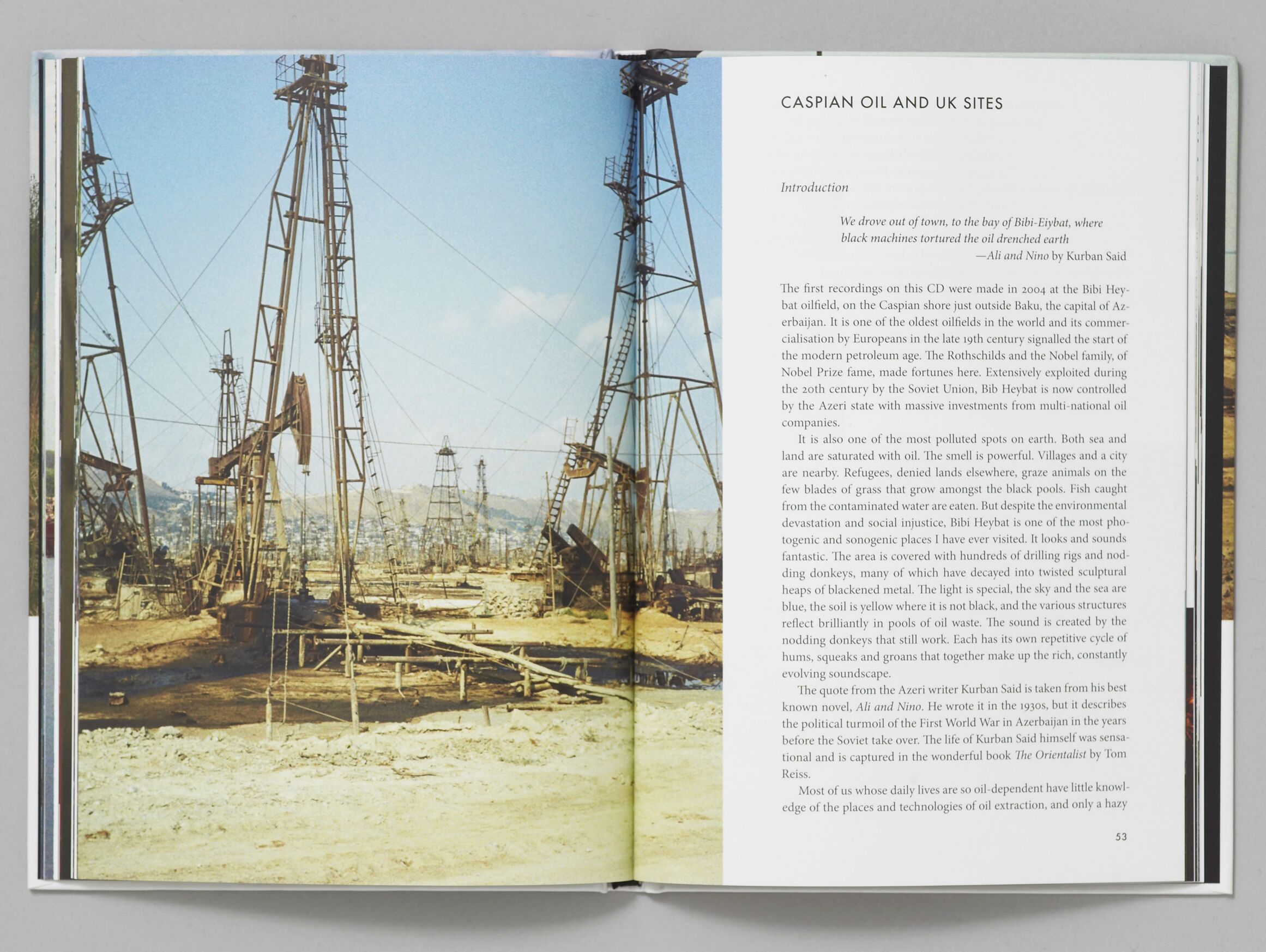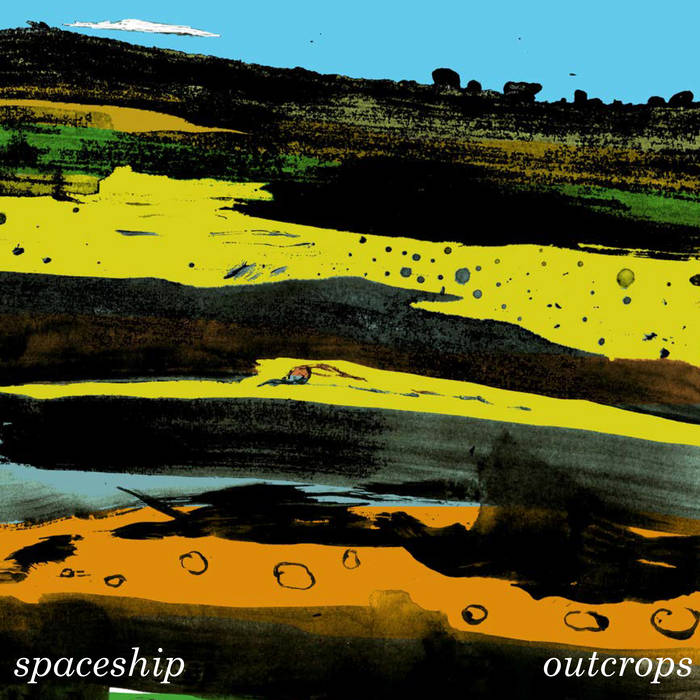Interview by Sara Bellini:
The first time I saw Cosmo Sheldrake performing I could detect an intriguing mix of musical influences and yet he sounded like nothing I had heard before. This singer-songwriter / composer / multi-instrumentalist from London makes music combining field recordings of endangered animals and his own vocal improvisations. Luckily he has the nice habit of telling his listeners the stories behind his songs, accompanied by music samples of the various musicians in his wildlife orchestra… “and on the bass, the long-eared owl” or “this is what a healthy coral reef sounds like”.
Cosmo Sheldrake grew up in a creative environment between music and nature, has a background in anthropology and a body of work that includes composing music for Beckett’s plays and the soundtrack of the Netflix series Moving Art. His first solo record The much much how how and I was released in 2018, following the EP Pelicans We and the single The Moss. His current work about endangered bird species brought him to a collaboration with Extinction Rebellion last month in London, where he played a song made entirely of recordings of endangered British birds, streamed live on smartphones and portable speakers. At the beginning of May he released Owl Song and Dawn Chorus.
Cosmo Sheldrake is “really interested in capturing a sense of place in music” and in particular in making “ecological music, music that emerges from a particular place or ecosystem”, which made him a great choice for an Elsewhere interview. Here’s how he replied to our Five Questions…
What does home mean to you?
Hard to answer that concisely as it’s a big question. But I grew up in a house that I still spend a lot of time in and make music in. So, I have been lucky to put down roots in that place and have a real connection with it. So the simplest answer would probably be the place I grew up.
Which place do you have a special connection to?
I have a special connection with lots of places. But one that pops to mind is an island in British Columbia that I have gone to more or less every year since I was born. Feels like a second home. It very much feels like I have done a lot of my growing up there.
What is beyond your front door?
Well I live in Seven Sisters (North London), so a reasonably busy road. But outside the front door of my studio and the house I grew up in is Hampstead Heath. It’s the closest you can get to not being in London while being in London, a thousand acres of fairly wild land. Another place I have a very special connection to.
What place would you most like to visit?
Ooooh, so many! Just to pick the first one that popped into my mind, Colombia.
What are you reading / watching / listening to / looking at right now?
Right now, I have about six or seven books on the go. I am reading a book called Imagining Extinction by Ursula K. Heise. It’s about how people have responded to ideas around extinction, a sort of anthropology of extinction.
Another one in the pile is Air and Dreams: An Essay on the Imagination of Movement, by Gaston Bachelard. He is hard to really pigeonhole but I guess he is a kind of philosopher of poetry and much more. Another one I am racing through at the moment is a book called The Invention of Nature: The Adventures of Alexander von Humboldt, the Lost Hero of Science by Andrea Wulf. Which is a brilliant book about Alexander von Humboldt, who was an absolutely extraordinary man. A total visionary, the book is about how the idea of nature that we more or less take for granted is largely to do with his work and discoveries. He was in a sense one of the first ecologists (in a modern scientific sense).
I am also reading a book called Getting Started in Radio Astronomy, which I guess is fairly self-explanatory. I want to build my own antennae and start recording sounds of space. Have a few more I am chewing through also. I find it impossible to read one book at once. One more that I am not reading at the moment but is a great book on the nature of place is a book called Wisdom Sits in Places: Language and Landscape Among the Western Apache by Keith Basso.
***
Find out more about Cosmo Sheldrake via his website and on twitter.
Sara Bellini is the online editor of Elsewhere: A Journal of Place. She lives in Berlin, the place she calls home at the moment.






